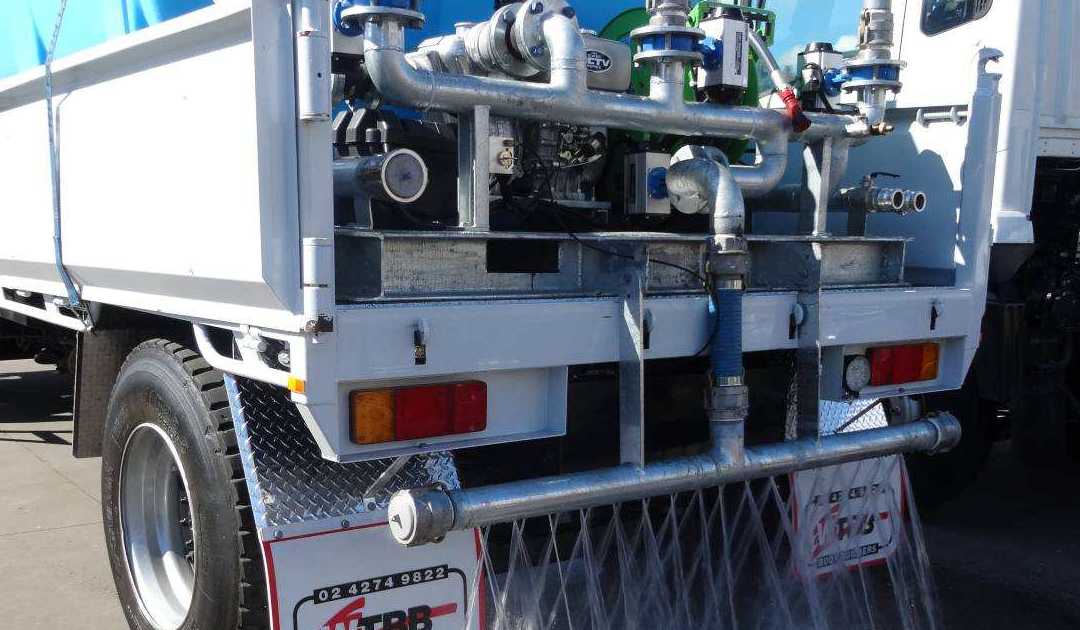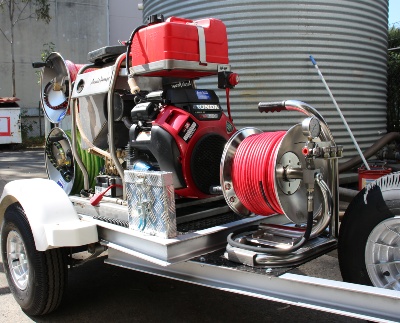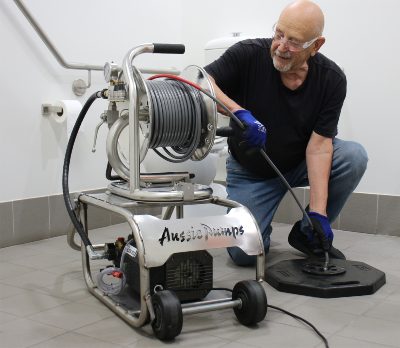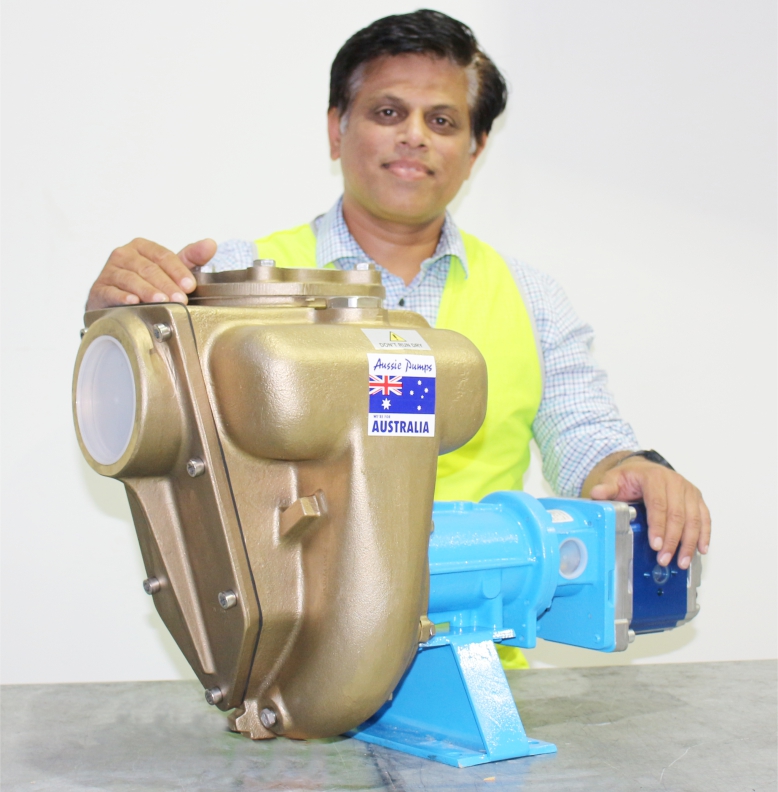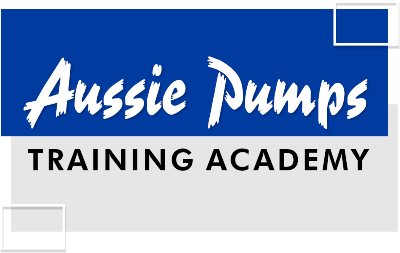When Aussie Pumps got started 25 years ago, one of the first products was a Honda engine powered 3”tanker pump designed for basic water delivery. Since then, the world has changed and dust suppression is not just desirable but essential to earthmoving and construction projects.
Input from the market lead to the development of a wider range of pumps designed for water carts with petrol, diesel and even hydraulic drive configuration.
“Our first step was to turn a high volume pump into a high pressure and high volume pump. It’s as simple as changing over the impeller and volute.” said Aussie Pumps’ Chief Engineer, John Hales
This was the origin of our ‘Brigade Boss’ series, that also found application in high pressure fire fighting. With flows of up to 1,250 litres per minute and operating heads up to 70 metres (100 psi). The high flow, high pressure combination made them ideal for dust suppression on big tankers.
Aussie Pumps then progressed to develop diesel drive pumps with a focus on both Yanmar and Kubota engines.
“These reliable Japanese design engines provide loads of power and reliability. Parts are also readily available in Australia and overseas”, said Hales.
The Times are Changing
Twenty five years ago, road construction work was limited to a motor grader, a vibrating or multi-tyred road roller and a beat up old tanker. Today dust is regarded as a pollutant.
The solution is the continuing sophistication of water carts with water cannons, angle sprayers and pumps that are a capable of working ten hour days without failure.
Hydraulic Drives are Coming
Aussie Pump’s was one of the first companies to develop a hydraulic drive tanker pump. They now offer a range of cast iron semi industrial trash pumps that deliver flows of 2,200 lpm and pressures to 77 psi. “We are able to offer the advantage of a clean-out port being built into the pump’s bowl. That means no disconnecting pipework to flush out the pump,” said Hales.
The hydraulic drive overcomes the massive maintenance problem of dust on small single cylinder engines on back of the tanker.
“Dusted engines are a thing of the past when you go hydraulic”, said Hales.“The system is sealed, the pump can be mounted wherever you like. The the flexible drive lines, from the hydraulic pump to the motor, power the water pump”, he said.
There are loads of other benefits. The big self priming cast iron pumps are not subject to issues with pressure spikes. They prime from vertical depths of 6 metres meaning you can refill the tanker from streams, rivers or dams when necessary.
“We’ve heard of construction site tankers being used in emergency fire fighting applications. This is where that self-priming capability is a godsend”, said Hales.
For further information on the Aussie range of hydraulic drive semi trash pumps … click here

